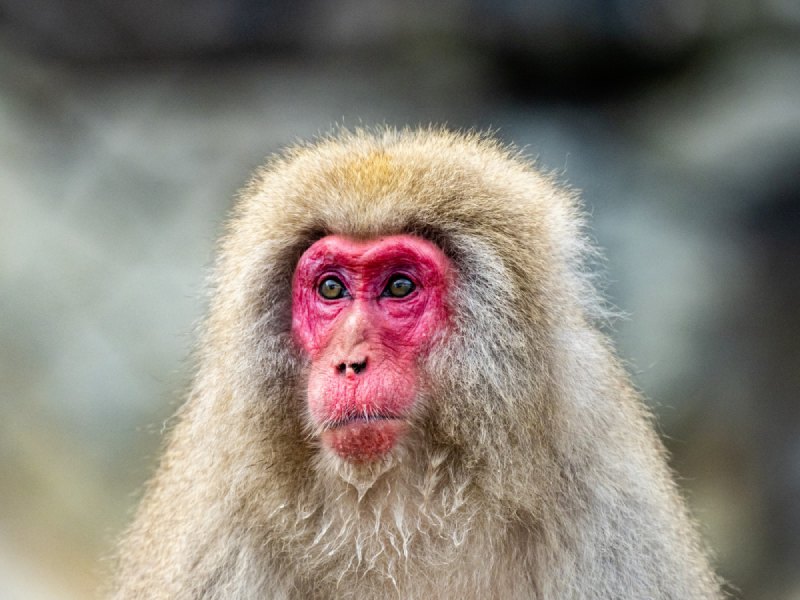Nature is a world full of wonders—where we all depend on each other to form a comprehensive bond that serves benefits to the survival and growth of individuals. From human beings to the animal kingdom, even microbes need partners or allies to survive in the complex web of life. These connections, whether for protection, sustenance, or mutual growth, highlight how no one truly thrives alone.
You might have heard about the symbiotic relationship between bees and flowers or clownfish and sea anemones. But apart from these well-known partnerships, there are some truly weird and straight-out-of-a-movie relationships in the animal kingdom. These unlikely alliances not only baffle scientists but also prove that nature’s imagination knows no bounds. Let’s explore a few of these unusual connections that are as fascinating as they are unique.
What is a Symbiotic Relationship?
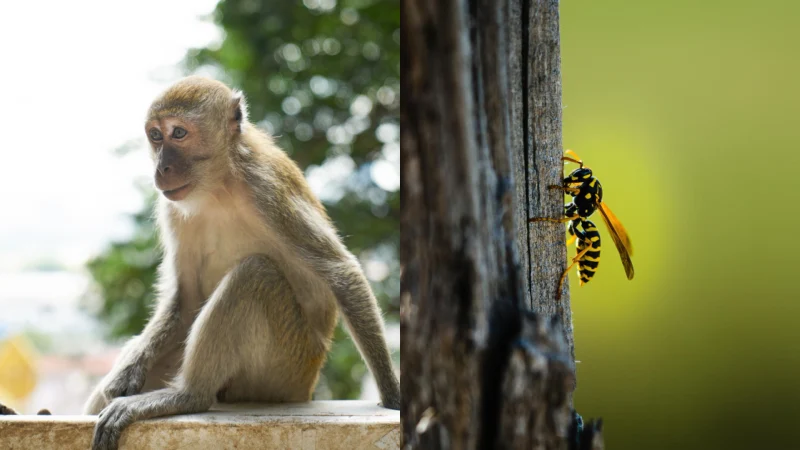
Symbiotic relationships are a form of close association between two different species that help both benefit from each other, increasing their chances of survival in the food cycle. However, these relationships don’t always involve mutual benefits. They come in various forms:
Mutualism: When both species benefit from the relationship. For example, bees and flowers—bees get nectar while helping flowers pollinate.
Commensalism: In commensalism only one species gets benefits from the relation, while the other is neither helped nor harmed. An example is barnacles attaching to a whale; the barnacles gain mobility to nutrient-rich waters, while the whale is unaffected.
Parasitism: In parasitism one species benefits at the expense of the other. A common example is lice feeding off a host’s blood, causing harm to the host while the lice gain nourishment.
Let’s dive into the most bizarre animal symbiotic relationship out there!
1. Ethiopian Wolves and Gelada Monkeys
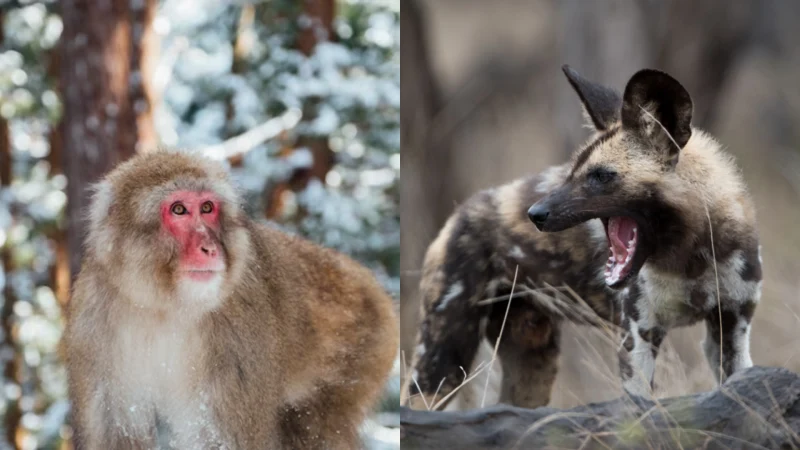
Relationship: Commensalism/ Mutualism
Have you ever seen a wolf roaming freely in monkey territory without hunting the young monkeys? It sounds improbable, but this unusual relationship exists between Ethiopian wolves and gelada monkeys. Despite monkeys being lower on the food chain and natural prey for wolves, Ethiopian wolves do not harm gelada monkeys. Why? Because of a fascinating and rare form of symbiosis.
Both species coexist in the highlands of Ethiopia. Ethiopian wolves thrive by hunting rodents in the geladas’ vicinity, as the monkeys’ grazing activities often flush out the rodents, making them easier to catch. However, the benefits for the geladas are less clear. Some scientists speculate that by reducing the rodent population, the wolves indirectly help the geladas safeguard their primary food source—grass—by eliminating competitors. Yet, it’s also possible that the geladas gain no real benefit at all, and this relationship is simply one-sided.
2. Pistol Shrimp and Goby Fish
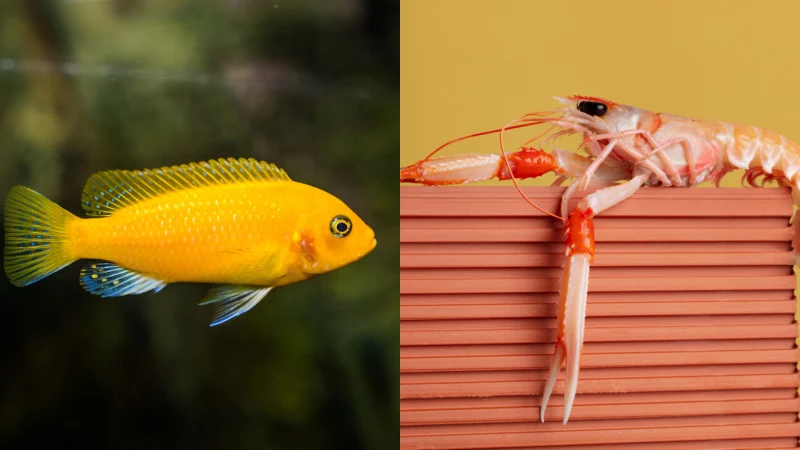
Relationship: Mutualism
We all have that one “partner in crime” who helps us look out for danger. In the animal kingdom, the pistol shrimp and goby fish take this partnership to another level. The nearly blind pistol shrimp relies on the goby fish as its lookout. In return, the shrimp digs and maintains a shared burrow, providing a safe home for both.
The goby fish acts as the watchful eyes for the nearly blind pistol shrimp, who diligently digs and maintains their shared burrow. In the face of danger or an approaching predator, the goby flicks its tail to warn the shrimp, and together, they retreat to safety. This mutualism benefits both as one gains shelter and other protection.
3. Clownfish and Sea Anemones

Relationship: Mutualism
Although we all know about it— clownfish and sea anemones are nature’s iconic odd couple, thriving through a fascinating mutualistic relationship. The clownfish use the stinging tentacles of sea anemones to take refuge from its predator. Most fish avoid anemones because of their venom, but clownfish have a special coating on their skin that protects them from being stung. This unique adaptation allows the clownfish to use the anemone as a safe home.
In return, the clownfish help the anemone in many ways. They protect it by chasing away its predators and eating any small pests that might harm it. As the clownfish swim around, they improve the water flow around the anemone, helping it breathe better. Additionally, the waste produced by the clownfish provides nutrients that help the anemone grow and stay healthy.
4. Moray Eel and Cleaner Shrimp
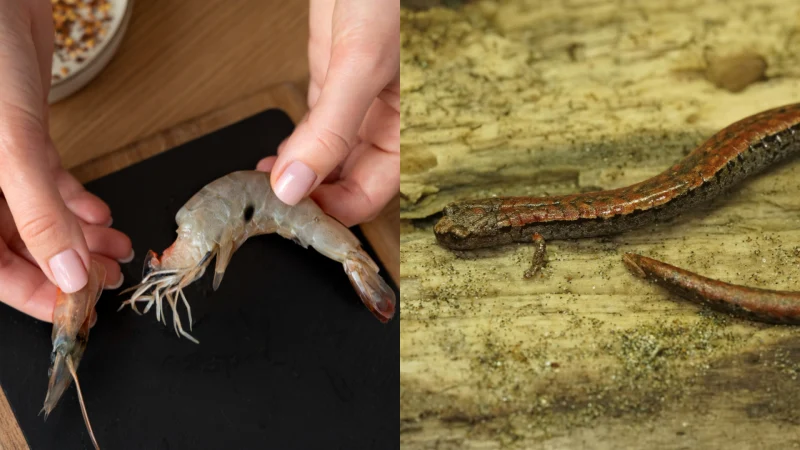
Relationship: Mutualism
The moray eel and cleaner shrimp form a fascinating partnership in the underwater world. Moray eels, known for their sharp teeth and fierce appearance, often have parasites or bits of leftover food stuck in their mouths and cleaner shrimps set up their “cleaning station” and move across the whole body of eels to clean them. For the shrimp, this is a meal, and for the eel, it’s like visiting a dentist. Despite the eel’s sharp teeth and predatory nature, it doesn’t harm the shrimp, knowing it benefits from the cleaning. This relationship helps the eel stay healthy and gives the shrimp a steady food source.
5. Colombian Lesserblack Tarantula and the Dotted Humming Frog
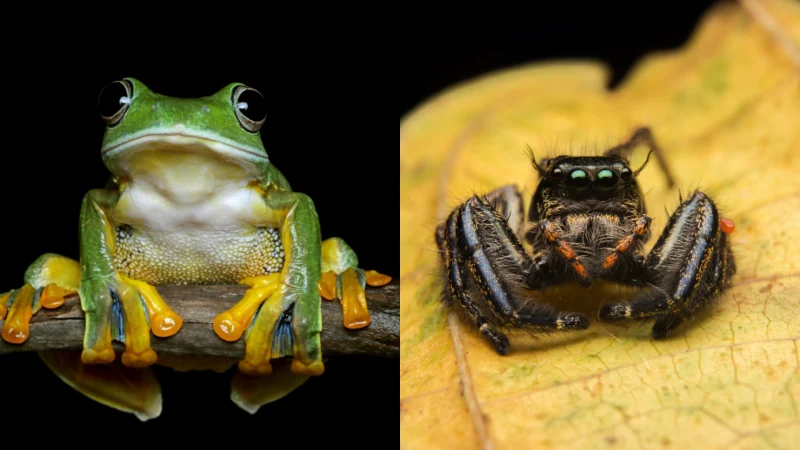
Relationship: Mutualism
Have you heard of an animal having a pet—especially a spider? The Colombian lesserblack tarantula seems to have its own peculiar “pet,” the dotted humming frog, in what might be the most bizarre symbiotic relationship in the animal kingdom.
This huge tarantula could easily kill and eat the tiny humming frog, but instead, it allows the frog to cohabit peacefully. The tarantula provides the frog with protection from predators like snakes or larger frogs as most animals avoid the tarantula because of its venom, giving the little frog a safe space to live. In return, the dotted humming frog acts as a pest controller for the tarantula. It feeds on ants and other tiny insects that could harm the tarantula’s eggs.
6. Coyote and Badger
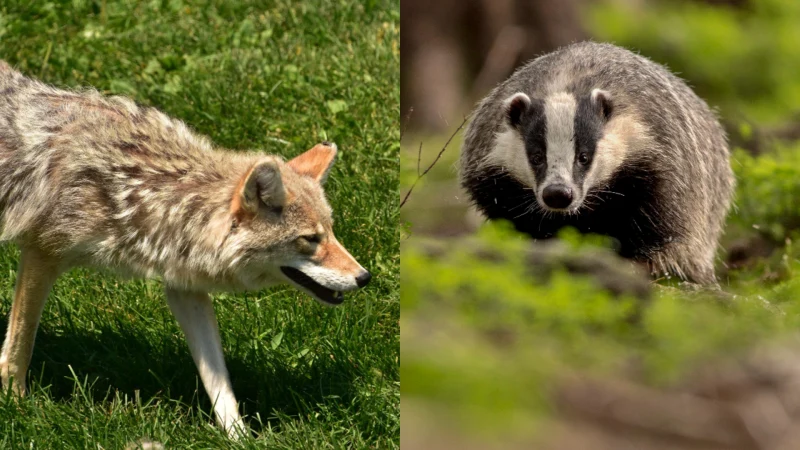
Relationship: Mutualism
Straight out of a Pixar movie, you’ll find this unlikely duo—coyote and badger—trotting across the landscape in search of prey. These two predators, though very different in their abilities and behavior, come together to form an unlikely hunting team. Coyotes are known for their speed and agility, excelling at chasing down rodents and other small animals above ground. On the other hand, badgers are expert diggers, capable of burrowing into the ground to flush out prey hiding in tunnels and dens. Together, they create a strategy where the coyote can corner or catch anything fleeing above ground, while the badger tackles prey trying to escape below the surface.
This partnership is not just about convenience; it’s a win-win situation for both. By teaming up, they each expend less energy and have a higher chance of catching food. While they don’t typically share their catch, while the hunt above ground is usually taken by coyote, the prey below ground belongs to the badger. This teamwork ensures that both predators are more successful in their hunts than they would be alone.
7. Nile crocodile and Egyptian plover
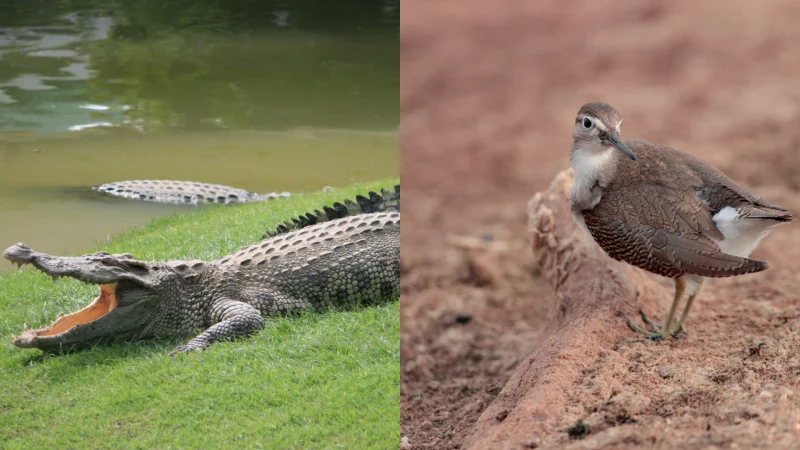
Relationship: Mutualism
The Nile crocodile and the Egyptian plover bird relationship is based on mutual trust and benefits, showcasing the strange yet brilliant ways animals cooperate for survival. Nile crocodiles are apex predators with massive jaws lined with sharp teeth. However, these teeth often accumulate food scraps, leading to infections or discomfort. This is where the Egyptian plover, also known as the “crocodile bird,” steps in. The crocodile opens its mouth wide, exposing its teeth, while the plover boldly hops in to clean out the debris and parasites.
For the crocodile, this is like a dental cleaning session, preventing tooth decay and infection. For the plover, it’s a free meal of scraps and pests, making the effort worthwhile. What’s astonishing is the trust between the two—despite the crocodile’s ability to snap its jaws shut in an instant, it allows the tiny bird to work undisturbed.
8. Warthogs and Mongoose
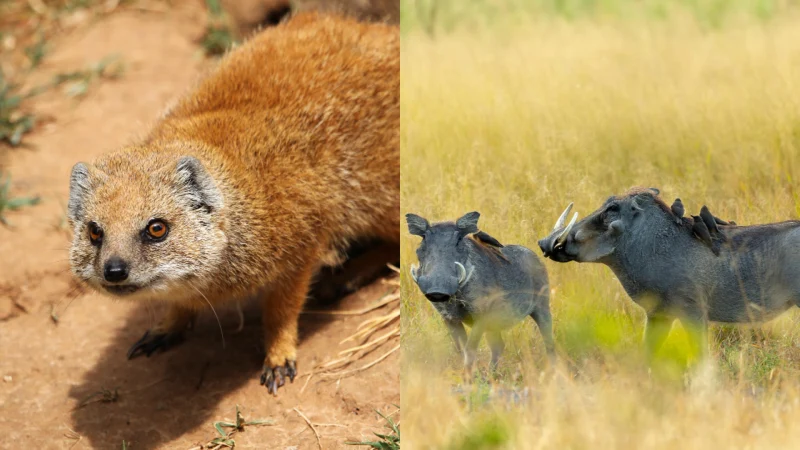
Relationship: Mutualism
Warthogs and mongoose share a fascinating relationship built on mutual trust and cooperation. Despite being vastly different in size and behavior, these two animals have found a way to help each other survive in the wild.
Warthogs, which are known for their tough hides and tusks, often face a problem with ticks and parasites that attach to their bodies, causing irritation and potential infections. Mongooses, on the other hand, are small, agile creatures with sharp teeth, making them excellent at removing pests. When a warthog needs cleaning, it lies down or kneels, inviting the mongooses to climb onto its body. The mongooses then pick off the ticks and parasites, getting a nutritious meal in return. This is a win-win situation: the warthog gets rid of annoying pests, and the mongooses get an easy food source.
What’s remarkable about this partnership is the trust involved. The warthog could easily harm the tiny mongoose, but it doesn’t. Similarly, the mongooses aren’t afraid to approach the much larger warthog. This relationship shows how even the most unlikely pairs in the animal kingdom can find ways to work together for mutual benefit.
9. African Woodpecker
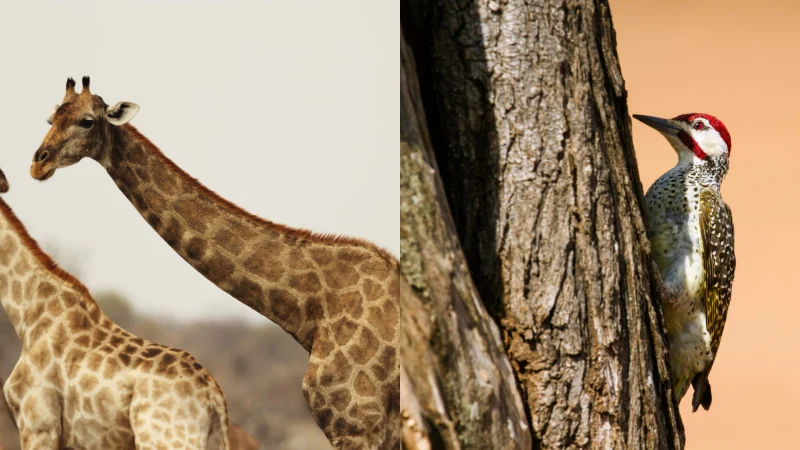
Relationship: Mutualism/Parasitism
While watching Discovery Channel, you might spot tiny birds perched atop large herbivores like zebras, giraffes, and buffalo, occasionally picking at their skin. These birds are African woodpecker perched on the backs of their massive hosts, serving as natural pest controllers while gaining food and protection in return. Oxpeckers feed on ticks, parasites, and dead skin that they pluck from the herbivores’ hides. This benefits the animals by reducing irritation, the risk of infections, and the burden of parasite infestations. For the oxpeckers, it’s an all-you-can-eat buffet that ensures a steady food supply.
Interestingly, oxpeckers also act as an early warning system. They emit loud calls when they sense danger, such as an approaching predator, alerting their hosts to take action. This added layer of vigilance makes them even more valuable to their large companions.
However, this relationship isn’t always perfectly mutual. Oxpeckers have been observed pecking at open wounds on their hosts, feeding on blood rather than just parasites. Despite this occasional downside, the partnership mostly benefits both parties, making it a remarkable example of how nature creates bonds between vastly different species.
10. Remoras
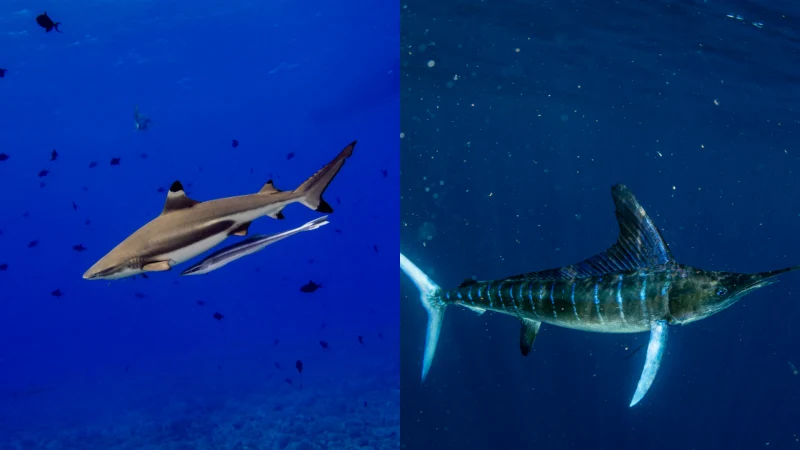 Relationship: Commensalism
Relationship: Commensalism
Remoras, often known as “suckerfish,” have a unique and fascinating relationship with larger marine animals like sharks, rays, and even turtles. These fish are equipped with a specialized disc on top of their heads that acts like a suction cup, allowing them to attach themselves to the bodies of much larger animals. Remoras travel alongside sharks, rays, and other large animals, feeding on leftover food scraps and parasites from their host’s skin. This provides the remora with a steady food supply.
In return, the host animal doesn’t seem to mind the remora’s presence. The remoras help keep their host clean by eating parasites, making the relationship beneficial in some ways. However, the large animals generally don’t gain much from the presence of remoras, which is why this relationship is considered more one-sided.
11. Hymenoepimecis Argyraphaga (Parasitic Wasp)
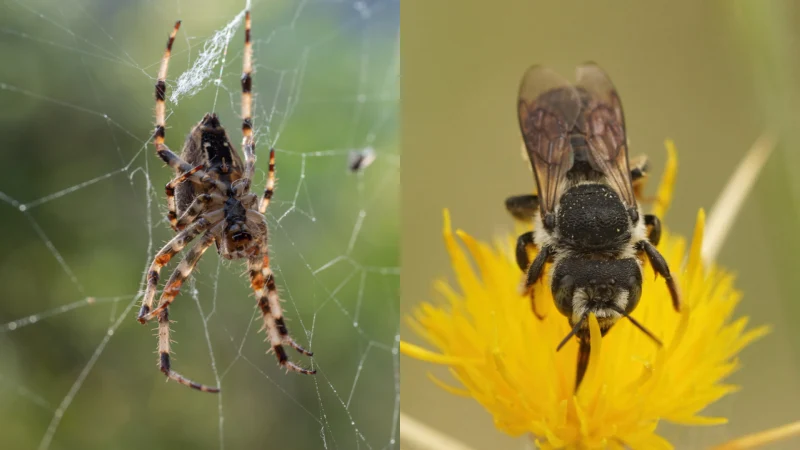 Relationship: Parasitism
Relationship: Parasitism
This parasitic wasp lays its eggs inside the abdomen of a spider. Once the larvae hatch, they manipulate the spider’s behavior, forcing it to weave a special web designed to protect the larvae. After the spider finishes its web, the larvae kill it and use the web to pupate.
12. Hairworms
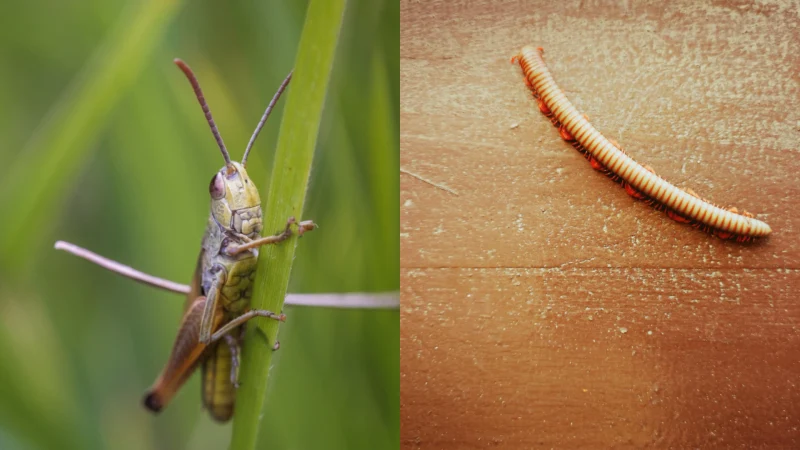 Relationship: Parasitism
Relationship: Parasitism
These parasitic worms infect grasshoppers and crickets. They manipulate the insect’s behavior, causing it to jump into water. Once submerged, the worms burst out of the insect’s body to reproduce, completing their lifecycle. This parasitic control over behavior is quite bizarre!
Some Mentions
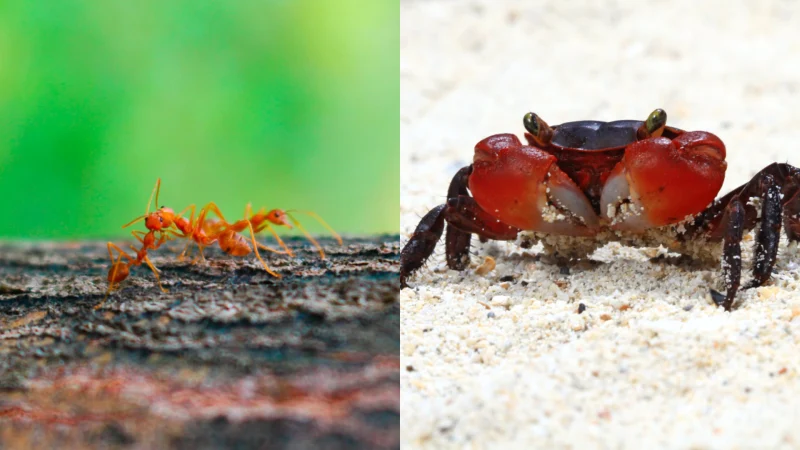
- The Yeti Crab and Bacteria: The yeti crab, discovered in the deep oceans near hydrothermal vents, has hairy claws that host bacteria. These bacteria convert toxic minerals from the water into food for the crab. In turn, the crab offers the bacteria a stable home and a steady supply of minerals.
- The Boxer Crab and Sea Anemone: The boxer crab has a unique relationship with sea anemones. The crab holds a sea anemone in each of its claws like boxing gloves. The anemones, with their stinging tentacles, offer protection to the crab from predators. In return, the crab provides the anemones with food, such as small prey it captures.
- The Ant and the Aphid: Aphids, tiny sap-sucking insects, secrete a sugary substance called honeydew, which ants love to consume. In return for this sweet treat, ants protect aphids from predators and move them to better feeding areas.
Conclusion
In conclusion, nature is truly wild and fascinating—it never ceases to amaze us. From the most bizarre to the most beautiful, these symbiotic relationships remind us of the endless creativity that exists in the natural world. Every creature, no matter how small or large, plays a role in this intricate web of life. It’s a reminder that survival and growth often come from unexpected partnerships. Nature’s way of working together is something we can’t help but admire.
